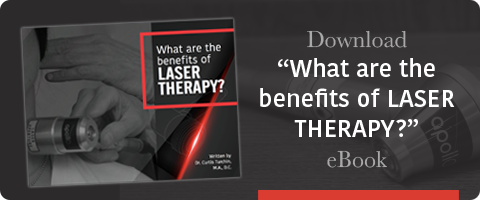The acronym R.I.C.E. stands for Rest, Ice, Compression and Elevation and it was coined by Gabe Mirkin, M.D. in 1978 as a way to address inflammation due to injury. Ever since, this modality has been a staple to treat sports injuries and muscle soreness issues. However, just because R.I.C.E. has been the standard, it may not always be the best way to treat injuries or to promote recovery.
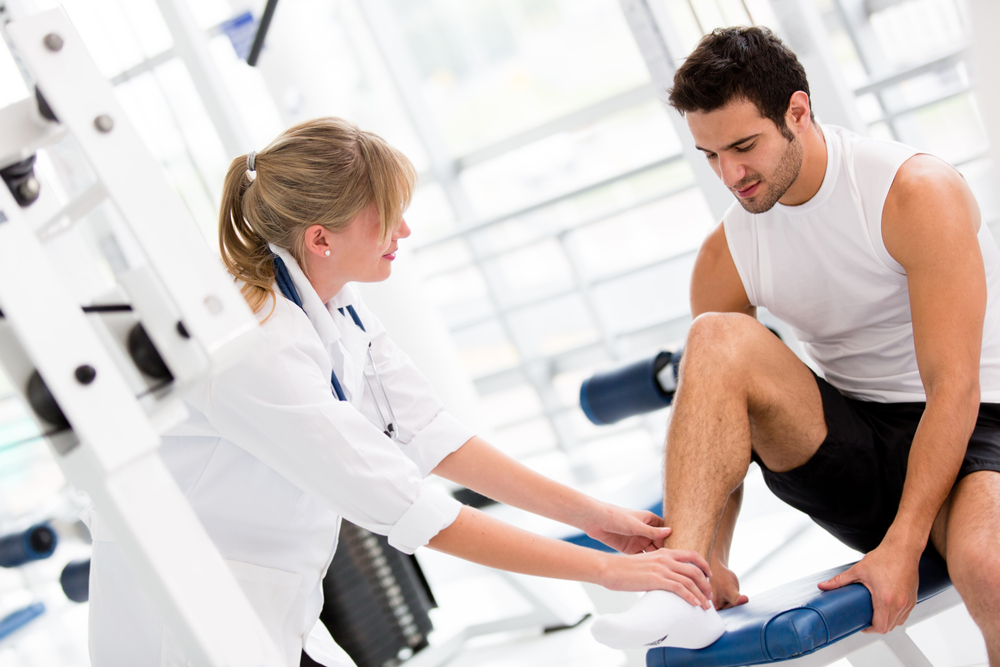
Image via Shutterstock |
Due to a growing body of evidence to the contrary, Dr. Mirkin and his colleagues now believe that icing, as well as too much rest, actually delays recovery for soft tissue injuries. According to Dr. Mirkin, "We thought that the more swelling, the longer it would take for an injury to heal. Ice reduces pain and swelling to the injured area, but cooling down decreases blood flow, so we thought that cooling would also limit the amount of cell damage."
Dr. Mirkin recently issued an online retraction in which he cited a 2004 study from the American Journal of Sports Medicine, as well as 21 other studies that evaluated subjects recovering from acute soft-tissue injuries, which found little evidence that ice therapy was effective in promoting recovery.
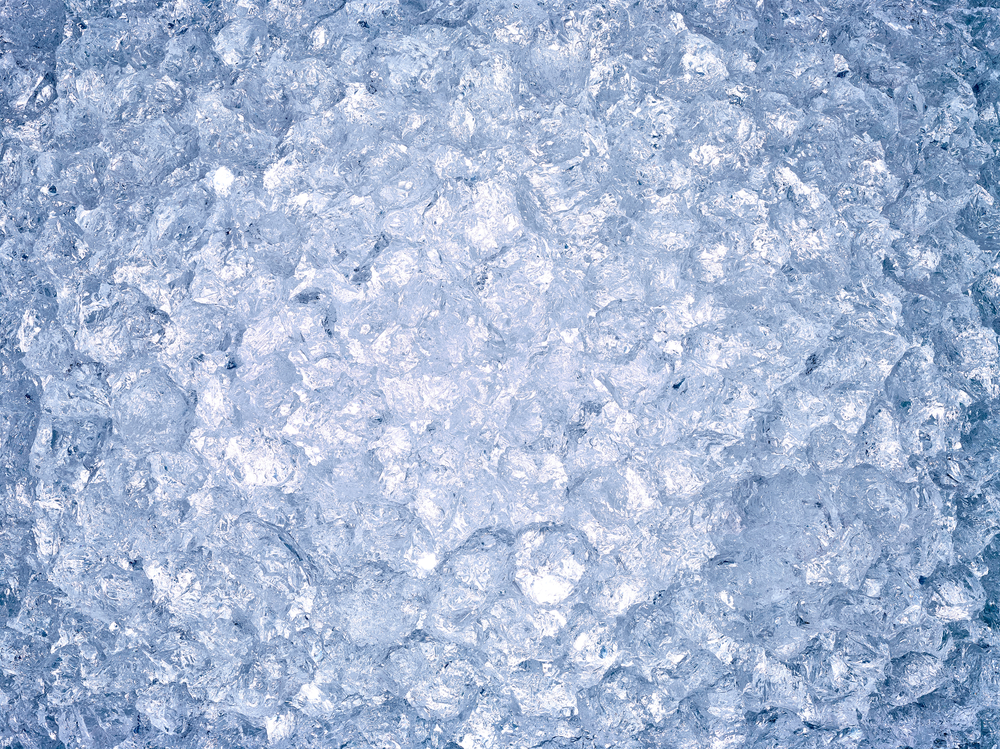
Image via Shutterstock |
Dr. Mirkin now believes that inflammation is a necessary part of the healing process, and any attempt to thwart it only prolongs recovery. He states, "The term inflammation means that your immunity turns on in response to a harmful stimulus to protect the body. The same chemicals you produce when you mobilize your defenses against germs also responds to an injury."
According to Dr. Mirkin, the advantage of icing and what likely accounts for its continued prevalence is that it decreases pain. However, reducing pain in this manner can come at the expense of overall recovery speed. "For a regular exerciser, delaying healing a day or two is somewhat irrelevant, but for a dedicated athlete, it's a catastrophe," he said.
Dr. Mirkin also suggests that ice has the potential to adversely affect performance. He noted another study from the Journal of Sports Medicine in 2012, which found that icing negatively impacts speed, strength, power and agility following cooling.
Alternatives to Ice
With the popularity of ice cooling off as an effective treatment option, there are other treatment methods to consider including promoting active injury recovery through laser therapy or Photobiomodulation (PBM).
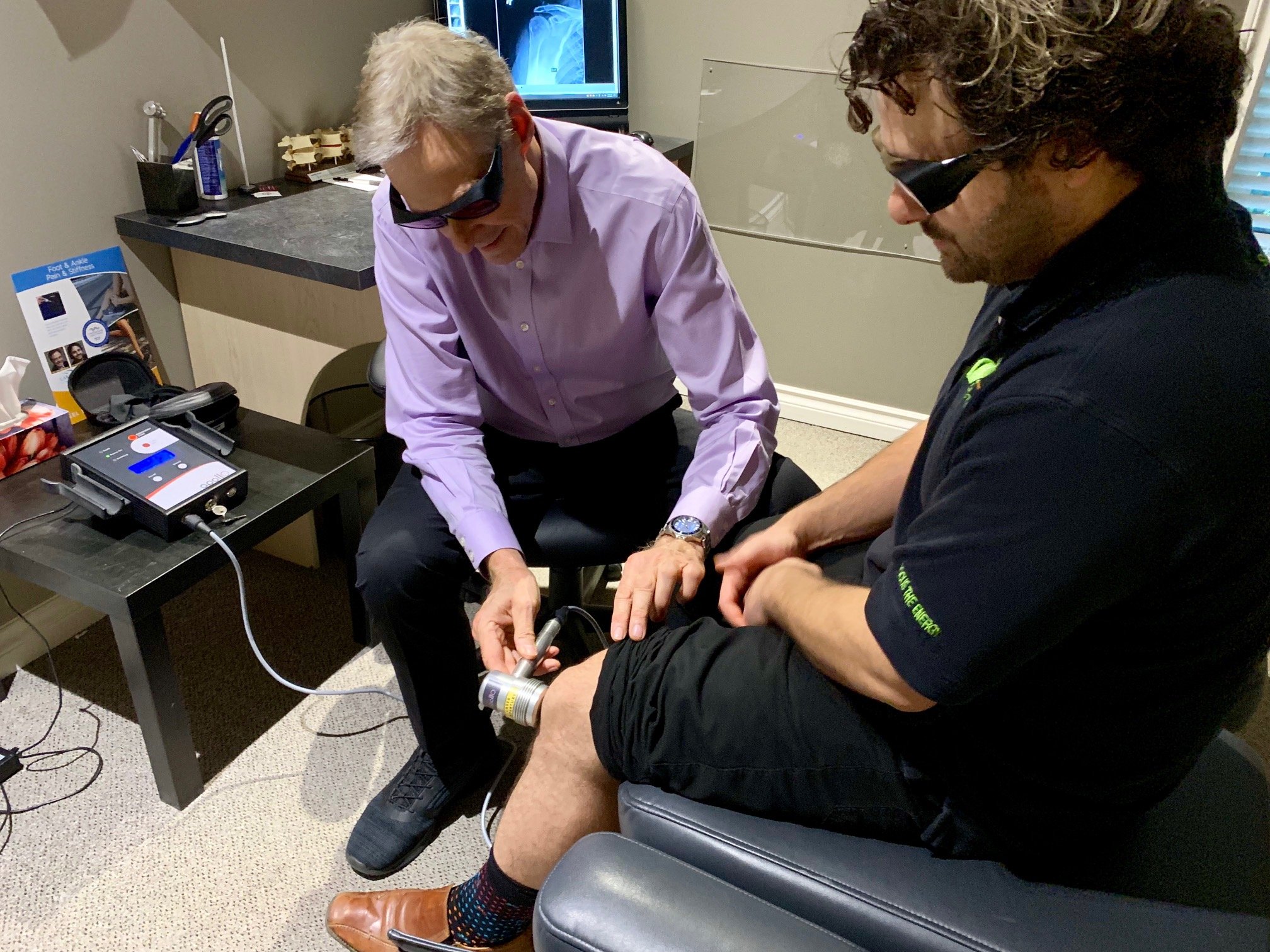
Photo courtesy of Dr. Albert Scales |
LASER THERAPY
Low-level laser therapy has revolutionized treatment of sports injuries with its ability to treat inflammation, provide deep tissue therapy and accelerate pain relief. For practitioners, its ease of use and rapid results often bring a return on investment in just a matter of months. Dr. Curtis Turchin, MA, DC, developer of the Apollo Laser System, discusses how this modality works and how it can fit into your treatment plan.
The application of low-level laser therapy (LLLT) reduces short-term inflammation. Laser therapy is used by professional sports teams and athletes to treat inflammation, provide deep tissue therapy, and accelerate pain relief to help minimize downtime.
An Overview
In "Light and Laser Therapy: Clinical Procedures Sixth Edition" Curtis Turchin, MA, DC gives an overview of light and laser therapy beginning with the basics.

Photo via PHS Chiropractic |
What is a Laser?
Laser (L.A.S.E.R.) is an acronym for Light Amplification via Stimulated Emission of Radiation. This means that the photons are amplified by the physical processes of the laser design. There are a number of terms that are presently being used to describe Low Level Laser Therapy (LLLT) including: photomedicine, soft laser, low intensity laser therapy (LILT), cold laser therapy, photonic stimulation, photobiomodulation, light therapy, and many others.
There are two distinct classes of lasers including therapy lasers and hot/surgical lasers. The Apollo Laser System is classified as a therapy laser because it is cool enough to provide powerful benefits with virtually eliminating any chance of injury, a common side effect of hot lasers.
The Apollo Laser is a therapeutic, non-surgical, medical grade Class IV laser used by doctors, athletic trainers, physical therapists and chiropractors. It non-invasively and painlessly penetrates into the body with infared light into an injured area to reduce pain and inflammation and stimulate healing.
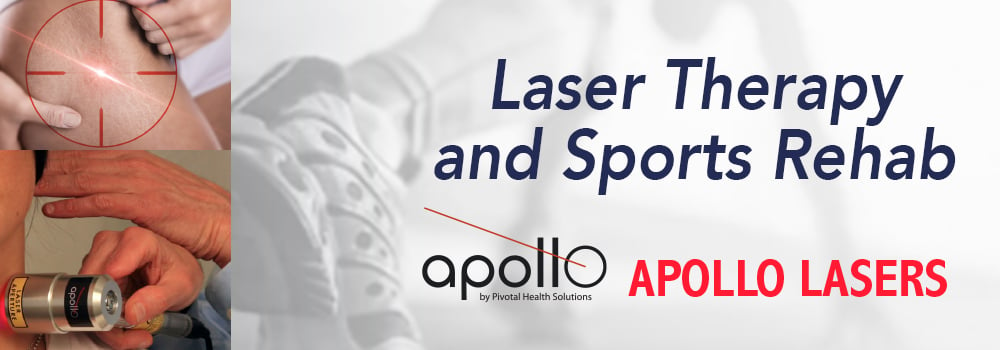 |
How Laser Therapy Works
The Apollo laser produces a beam of coherent light, which is applied over the injured area to stimulate healing. It works by stimulating the mitochondria of the cell, the cell engine, to produce ATP at higher rates to stimulate damaged muscles, ligaments, nerves, bones, joints and soft tissue to re-grow and heal. When laser light is absorbed by a living tissue, it triggers a biological reaction in the the cells. Chemical substances are produced, released, and carried by the blood and lymphatic flow to other parts of the system increasing circulation and lymphatic drainage.
The laser probe is applied directly to the skin and then activated by the practitioner. The laser light penetrates 3-5 inches into the tissue to stimulate the cells. The patient does not feel pain, heat, or discomfort during treatment. For best results, the probe should move quickly from point to point.
What do lasers treat?
Low Level Laser Treatment is a scientifically proven and effective treatment for the following (sports) injuries:
Neck pain
Back pain
Bursitis
Jumper's knee
Tennis elbow
Achilles tendonitis
Chronic joint pain of the elbow, wrist and fingers
Plantar fasciitis
Shoulder injuries
Muscle pain and trigger point pain
Benefits of Laser Therapy
In addition, Low Level Laser Therapy provides the following benefits:
Non-toxic
Treatment is fast
Non-invasive
Easy to implement
Painless
Safe and effective
Offers an alternative to analgesics, NSAIDs and other medications
Reduces the need for surgery
This blog was curated from a January 13, 2015 article published in STACK.com called "Leading Doctor Changes Tune, Says You Shouldn't Ice Injuries or for Recovery." The original article can be read here.

